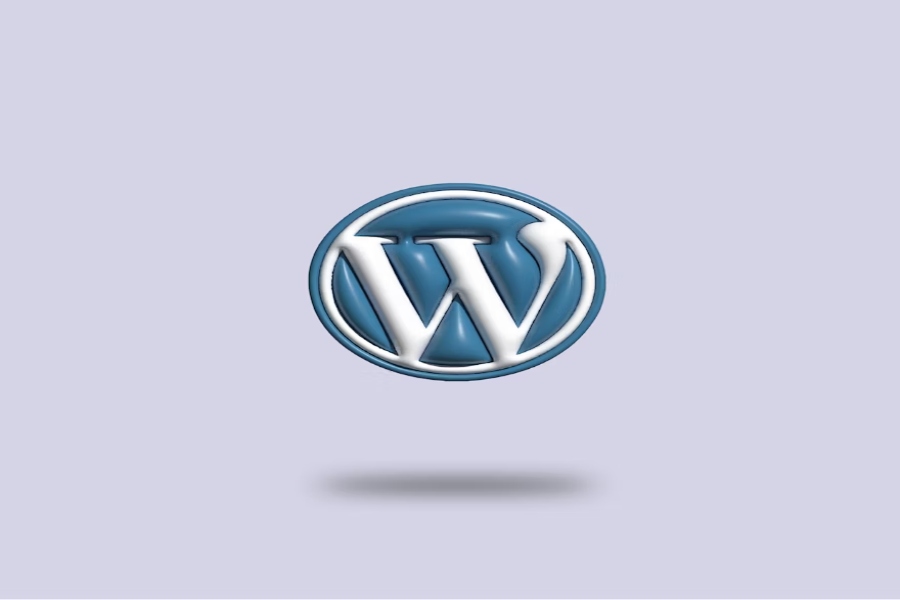Optimize WordPress Image Sizes to Improve Page Speed

According to studies, a picture is worth a thousand words. But relative to the web, a picture could be worth a few seconds of your user’s time. Large and unoptimized photos or images are one of the most common reasons for slow websites. If you operate a site using WordPress, the world’s most used content management system, knowing what WordPress image sizes are crucial is important to enhance user experience and improve your site speed.
When your website pages load too slowly, visitors often leave without seeing anything. Your page load time impacts your SEO, which means search engines such as Google prefer faster websites. The good news is that you have complete control over this. Proper management and optimization of your images can reduce the load time of your website. This will impress visitors and offer your website a professional, fast service.
How WordPress Handles Your Images
When you upload an image to your WordPress Media Library, it isn’t only saving that original file. It copies itself automatically in different sizes. This is a useful option that allows flexibility for your theme. This helps deliver correctly sized images to different locations, such as thumbnails on the blog index, medium-sized images in your posts, and the full size when necessary.
By default, WordPress generates these standard sizes.
- Thumbnail: Typically a 150×150 pixel square. These are often used for gallery views, recent post widgets, or other areas where a small preview is needed.
- Medium: Capped at a maximum width and height of 300 pixels.
- Large: Limited to a maximum width and height of 1024 pixels.
- Full Size: This is the original image you uploaded, in its original dimensions.
The WordPress theme you are actively using may define its own custom image sizes for its layout. For instance, a theme might define a custom size for the featured image in a single post or for product images in a WooCommerce shop. This functionality lets a theme obtain the correct image size to display in the required container. In other words, a 3000-pixel-wide image wouldn’t be loaded into a 300-pixel-wide sidebar widget. To view the default sizes, go to Settings > Media in your dashboard.
Choosing the Correct Image File Format
How you save an image before you even upload it to WordPress can have a significant impact on the file size. The JPEG, PNG and WebP formats are the three most popular for images on websites. Each one has its own advantages and works best with a certain type of image.
JPEG (or JPG).
JPEG stands for Joint Photographic Experts Group and is the favored format for photographs and other images that have smooth color transitions. JPEGs compress images by losing data, which means removing some of the content from the original image. Although this may sound bad, most of the data removed is easily imperceptible to the human eye. When saving the JPG file, you can adjust the compression to get a balance of size and quality. A JPEG saved at 80-90% quality provides an excellent result for most Internet photos, with a much smaller file size.
PNG.
PNG is the best choice for images that require transparency, like logos and icons, or for images with sharp lines and text. PNG or Portable Network Graphics employs “lossless” compression, meaning that when you save a file as type PNG, no data is lost. This captures every detail perfectly, but usually results in a larger file than a JPEG. If you need crisp edges or a transparent background, then you should use PNGs. But if you are using a JPEG image for a photograph for example…then you should not use one. The files will just be larger because they consist of 24 bits per pixel.
WebP.
WebP, a Google-related format, supports lossless or lossy compression of images but has limited support. WebP images can be up to 30% smaller than comparable source JPEG or PNG files with no quality loss. This format allows the compression of image data, giving rise to non-compressed or lossless images and compressed or lossy images. Since version 5.8, WordPress has default support for the WebP image format, which many web browsers currently use. With a plugin, you can automatically convert your existing JPEGs and PNGs to WebP and serve them to browsers that support it for a great speed boost.
Strategies for Optimizing WordPress Image Sizes
Managing WordPress image sizes effectively involves more than just uploading files. It requires a proactive approach to resizing and compression. Here are the most effective strategies you can implement right away.
Resize Images Before Uploading
One thing you can do that is extremely important is to resize your images to the correct size before uploading them to your Media Library. Ask yourself: where will you use this image? Your blog’s content area has a max width of 800 pixels, so don’t bother uploading an image that’s 4000 pixels wide. When you upload a large image, you are wasting space on your server by storing an unnecessarily large file for your WordPress site to resize, which can reduce quality.
To resize images, you can make use of a free image editor such as GIMP, or even the basic preview tools of your computer. Find the widest dimension your theme needs for a full-width image, and then make that the standard size. When you resize first, it means the original file size is much smaller and thus the new compression can be more effective.
Use an Image Compression Plugin
When your images are uploaded, the next step is compression. You may compress images before upload, but using a WordPress plugin automates the process and can also optimize the ones already in your Media Library. These plugins strip away all unnecessary information (like EXIF data from cameras) and apply compression algorithms to reduce file size.
Here are some of the best plugins you can use.
- Smush: An easy-to-use plugin that performs free lossless compression. It is able to “smush” images automatically, on upload, as well as include bulk-optimize your whole library.
- ShortPixel: ShortPixel is a plugin that offers lossy and lossless compression and is known for producing some of the best compression ratios. It provides a generous free plan and cheap credits for larger stocks.
- Imagify: Imagify is made by the people behind the popular caching plugin, WP Rocket, making it a great automatic optimization option. It offers three levels of compression to fit your needs.
Using one of these plugins is a set-and-forget solution that ensures all your WordPress image sizes are as small as possible without a manual workflow.
Implement Lazy Loading.
Lazy loading releases the off-screen images on page load and loads them when the user scrolls to them. Imagine a long blog post with 15 images. Without lazy loading, when a visitor loads the page, their browser would have to download all 15 images, including those at the very bottom. This dramatically increases the initial page load time.
The images are loaded only when they appear on the screen with lazy loading. When the user scrolls, images load just before the scroll position to create a seamless experience. Your pages will feel significantly faster with this simple change. WordPress 5.5 introduced lazy loading as a default feature and will be enabled for most of the images. You don’t have to do anything to switch it on, but it doesn’t hurt to be aware of this powerful built-in optimizer.
Leverage a Content Delivery Network (CDN).
A CDN, or Content Delivery Network, is a set of multiple servers that are spread out. When you use a CDN, copies of your static assets, such as your images, are stored on a server. When users are on your site, your images are served from the nearest geographic server.
For instance, if your web host server is in Dallas, and your visitor is in London, a CDN can serve the images from a UK server rather than shipping them all the way from Texas. This reduces latency and speeds up image delivery. Most CDNs have their own image optimization tools to automatically resize or convert images into next-generation formats like WebP. CDN services like Cloudflare, StackPath, and Bunny.net easily integrate with WordPress sites.
What We’ve Learned.
Taking the time to optimize the images you use for your site is not an optional task but rather a requirement of good web design and good technical SEO. When you control your WordPress image sizes, it has a direct effect on how quickly your pages load and how long visitors stay on your site, and how search engines rank your content. While it might seem complex, the process boils down to a couple of practices only.
Begin by selecting the correct file format—JPEG for photos and PNG for images with transparency. Always fix the dimensions of the images, according to the maximum size requirement of your theme, before you upload. Once you upload your images, compress them further with a trusted compression plugin like Smush or ShortPixel. When it’s finally time to launch your estimated image size feature, ensure lazy loading is on and use a CDN to deliver image content worldwide at maximum speed.
